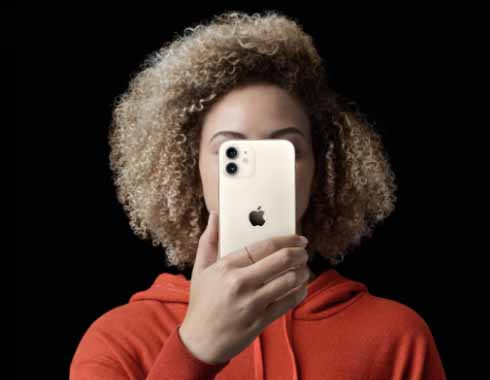
The history of the iPhone is a fascinating story of innovation and technological advancement. From its humble beginnings in 2007 to the present day, the iPhone has revolutionized the mobile industry and changed the way we communicate, work, and live.
The first iPhone was introduced by Steve Jobs at the Macworld Conference & Expo in San Francisco on January 9, 2007. The original iPhone was a game-changer, combining a touch screen interface, internet connectivity, and multimedia capabilities in a sleek and stylish package. The first iPhone was only available on AT&T’s network and came in a 4GB or 8GB storage capacity.
In 2008, Apple released the iPhone 3G, which was the first iPhone to support 3G networks. The iPhone 3G also introduced the App Store, which allowed users to download and install third-party applications for the first time. The App Store was a game-changer, creating a new ecosystem of developers and entrepreneurs who built businesses around the iPhone.
The iPhone 3GS was released in 2009 and was faster and more powerful than its predecessors. The iPhone 3GS also introduced voice control and video recording, which made it a popular device for multimedia content creation.
In 2010, Apple released the iPhone 4, which was a major redesign of the iPhone. The iPhone 4 featured a new industrial design with a glass back and a stainless-steel frame. The iPhone 4 also introduced a high-resolution Retina Display and a front-facing camera for video calling.
The iPhone 4S was released in 2011 and was the first iPhone to feature Siri, Apple’s voice-activated personal assistant. The iPhone 4S also introduced iCloud, which allowed users to store their data in the cloud and sync it across all of their devices.
In 2012, Apple released the iPhone 5, which featured a larger 4-inch display and a new Lightning connector. The iPhone 5 also introduced LTE connectivity, which allowed for faster internet speeds.
The iPhone 5S was released in 2013 and was the first iPhone to feature a fingerprint sensor, which was built into the home button. The iPhone 5S also introduced the 64-bit A7 chip, which made it the fastest smartphone on the market at the time.
In 2014, Apple released the iPhone 6 and iPhone 6 Plus, which featured larger displays and a new design with rounded edges. The iPhone 6 and 6 Plus also introduced Apple Pay, which allowed users to make payments with their iPhone using NFC technology.

The iPhone 6S and 6S Plus were released in 2015 and featured 3D Touch, which allowed users to interact with their iPhone in new ways by applying varying levels of pressure to the screen.
In 2016, Apple released the iPhone 7 and iPhone 7 Plus, which were the first iPhones to feature water resistance. The iPhone 7 and 7 Plus also removed the headphone jack, which was a controversial move that sparked a lot of debate among users.
The iPhone 8 and iPhone 8 Plus were released in 2017 and featured wireless charging, which allowed users to charge their iPhone by placing it on a charging pad. The iPhone 8 and 8 Plus also introduced the A11 Bionic chip, which was faster and more powerful than any previous iPhone chip.
In 2017, Apple also released the iPhone X, which was a major redesign of the iPhone. The iPhone X featured a bezel-less display, facial recognition technology, and a new gesture-based interface. The iPhone X was a showcase of Apple’s cutting-edge technology and design, and it set the standard for future iPhones.
Since the release of the iPhone X, Apple has continued to innovate and push the boundaries of what is possible with a smartphone. The iPhone has become an essential tool for millions of people around the world, and its impact on the mobile industry and society as a whole cannot be overstated.
The newest models are iPhone 14 series that are best known for their perfect camera quality and Emergency SOS via satellite. Apple introduced Dynamic Island in iPhone 14 Pro and iPhone 14 Pro Max devices for the first time. Other features like Crash detector is well known for iPhone 14 series.

